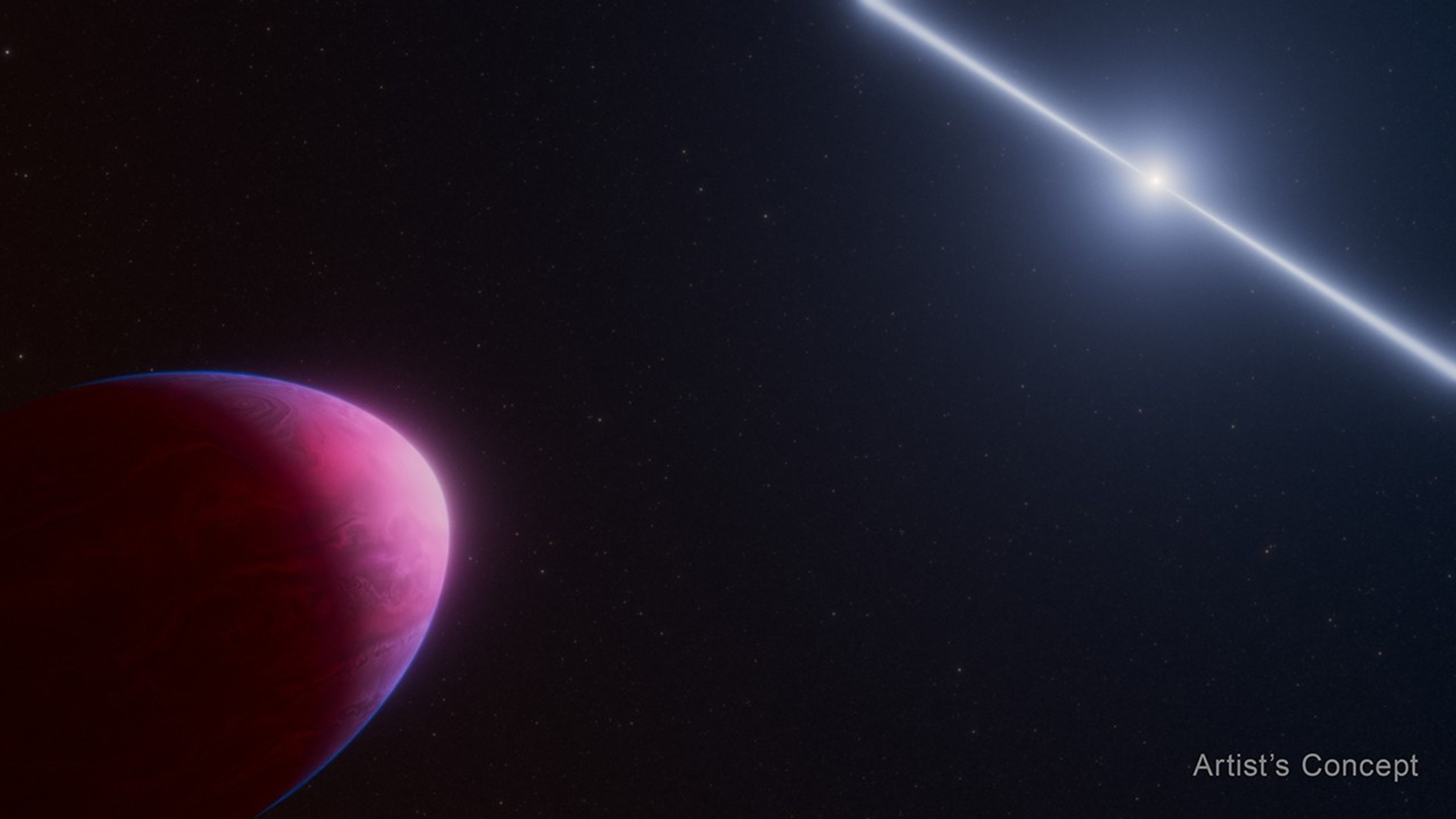Up above the clouds, Earth’s atmosphere gives way to space. This interface is called the ionosphere. Changes in the ionosphere – in reaction to space weather above and Earth’s weather below -- can disrupt communications and GPS signals and could potentially harm astronauts. So it is important to understand the region fully.
Two new NASA missions -- the Ionospheric Connection Explorer, or ICON, and the Global-scale Observations of the Limb and Disk, or GOLD -- will work together to uncover its secrets. Together, they’ll provide the most comprehensive view to date of this critical layer of Earth’s upper atmosphere. ICON, from 350 miles above the planet, will home in on the effects of terrestrial weather. For a broader view, GOLD will make global-scale observations of Earth’s upper atmosphere, including the ionosphere, from an altitude of 22,000 miles – gathering observations of the entire disk once every 30 minutes, more frequently than any ionospheric mission has done before.
It was long thought that our dynamic Sun was solely responsible for change in the ionosphere. But recent studies show that Earth’s weather dynamics also play a large part. Weather such as hurricanes and wind patterns near the planet’s surface can influence both the atmosphere and the ionosphere. Mission scientists want to understand how weather phenomena affect the upper atmosphere and the nearest reaches of space.
Scott England, ICON Project Scientist at Virginia Tech explains, “We know Earth’s ionosphere varies by an extraordinary amount from hour-to-hour and day-to-day, but we don’t know the cause of much of this variability. ICON focuses on trying to understand if weather near Earth’s surface can explain any of the changes we see in the ionosphere.”
ICON, which is planned to launch in 2018, will fly through the upper atmosphere, gathering information of the space it travels through as well as observing the lower ionosphere from a distance. It will investigate properties of charged particles in the ionosphere and of neutral atmospheric particles -- such as those shaped by weather far below -- to determine how they interact.
GOLD launched on January 25, 2018 aboard SES-14, a commercial communications satellite, and is the first experiment that can track hour-to-hour changes in the ionosphere. GOLD is flying on a geostationary satellite to image the ionosphere from a distance, similar to how weather satellites provide global-scale images of the Earth’s lower atmosphere and surface.
England says, “GOLD will provide the context we need to separate what changes as a spacecraft moves from region to region, from what is really changing with time.”
He continues, “Much like how we might study a hurricane through a combination of a weather satellite that can track its progress and an airplane that can capture up-close measurements, we can use ICON and GOLD to provide both the detailed and the global-scale views of what is happening in our upper atmosphere and ionosphere.”
Together, ICON and GOLD will be a powerful combination.
For more from the many layers that surround our planet, visit science.nasa.gov.

































